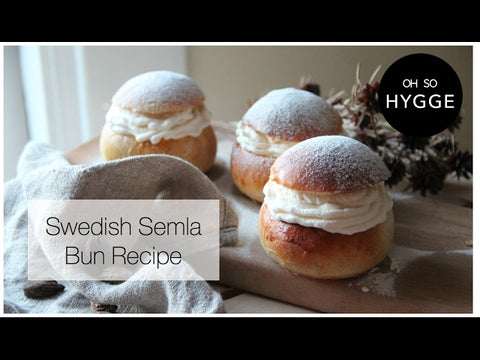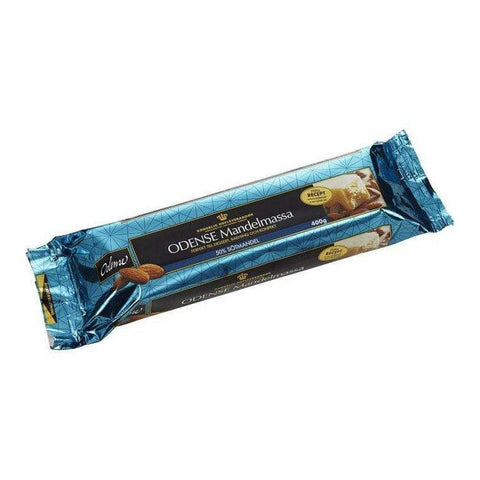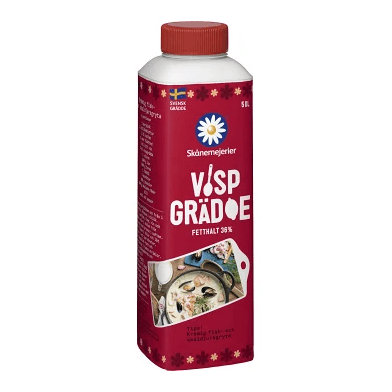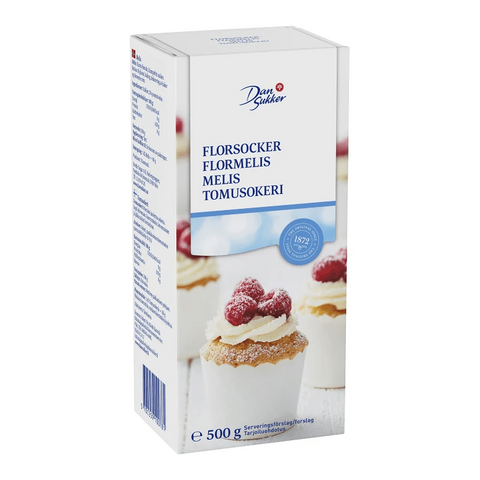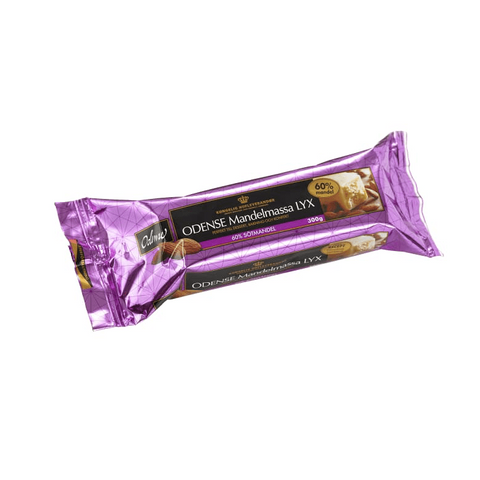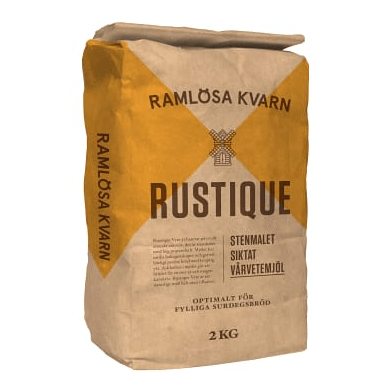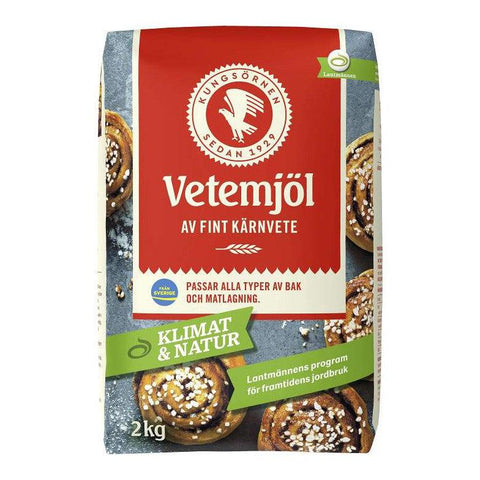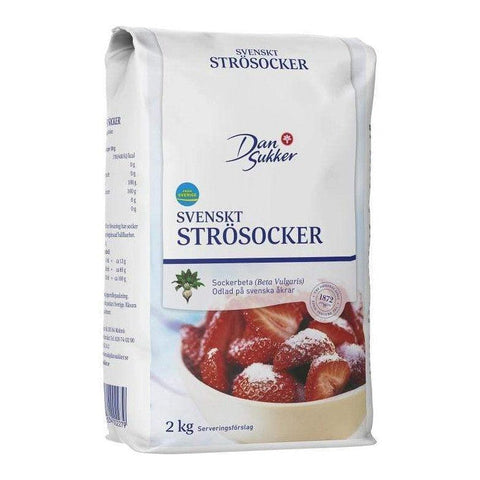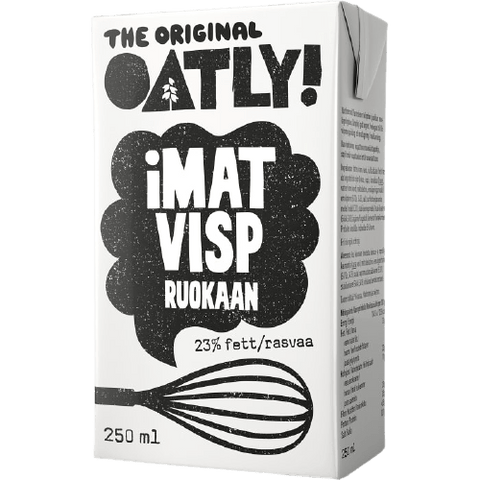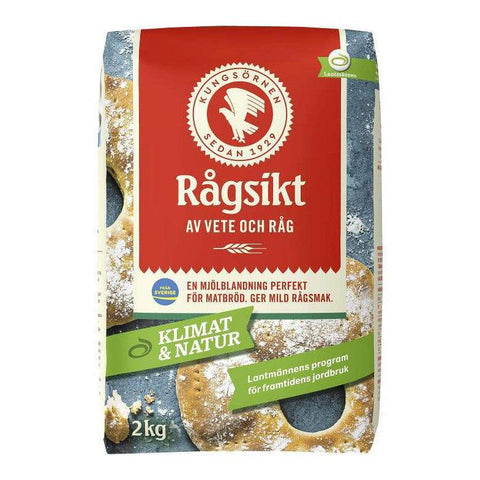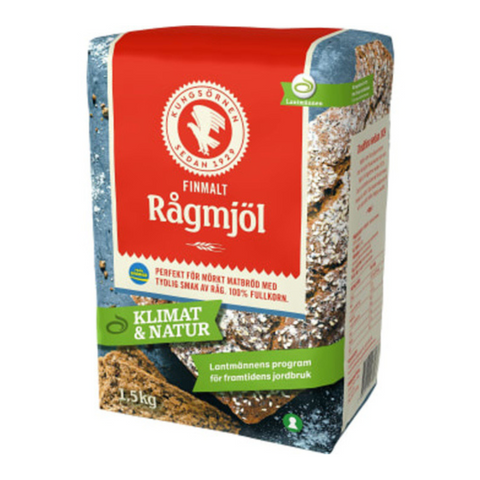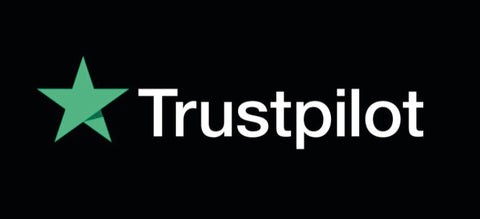

Fettisdagen & Fastelavn: The Nordic Carnival of Cream-Filled Pastries
As winter slowly gives way to spring, the Nordic countries have one last indulgent feast before the Lenten season begins. In Sweden, Denmark, and Norway, March 4th is all about rich, sweet, cream-filled pastries—but each country has its own delicious traditions. Whether it’s Sweden’s beloved semla or Denmark’s festive fastelavnsboller, this is the time to treat yourself before the traditional fasting period of Lent.

Fettisdagen: Sweden’s Day of the Semla
In Sweden, Fettisdagen (Fat Tuesday) is also known as Semmeldagen (Semla Day), a day dedicated to the country’s most famous pastry: the semla. This soft, cardamom-spiced wheat bun is sliced open and filled with mandelmassa (sweet almond paste) and a generous swirl of whipped cream. The top is placed back on, dusted with powdered sugar, and served as the ultimate pre-Lent indulgence.
The Royal Origins of the Semla
Though semlor are now enjoyed by nearly every Swede, they were once a delicacy reserved for the elite. In the 18th century, King Adolf Fredrik of Sweden famously ate too many semlor (along with a massive meal of lobster, caviar, and champagne) and suffered a fatal stroke in 1771. While his overindulgence serves as a cautionary tale, it hasn’t stopped Swedes from making semlor a beloved annual treat.
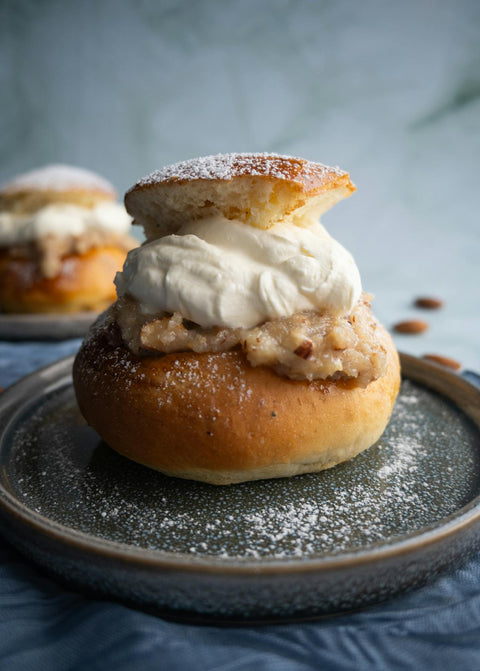
A Treat That Outlasted Lent
Historically, Swedes ate semlor only on Fettisdagen, the last chance to enjoy rich foods before fasting. However, modern Swedes love their semlor so much that the tradition has expanded—these buns now appear in bakeries as early as January and are devoured all the way until Easter.
Variations on the Classic Semla
While the traditional semla remains the favorite, Swedish bakers have gotten creative over the years. Some fun variations include:
- Hetvägg – The old-school way of enjoying semlor, where the bun is served in a bowl of warm milk.
- Chokladsemla – A chocolate-flavored semla for those who want an extra decadent twist.
- Prinsessemla – Inspired by Sweden’s famous princess cake, this version swaps the almond paste for vanilla custard and is topped with green marzipan.
- Wrapsemla – A modern take where the semla is flattened into a wrap shape, making it easier to eat on the go!

Fastelavn: Denmark & Norway’s Carnival of Costumes and Cream Puffs
While Sweden enjoys semlor, Denmark and Norway celebrate Fastelavn, a Nordic version of Carnival that combines pre-Lent feasting with playful traditions.
A Day for Dressing Up
Fastelavn is especially beloved by children, who dress up in costumes—similar to Halloween in other countries. They take part in games, parades, and the traditional "slå katten af tønden" (literally, “hit the cat out of the barrel”).
In earlier times, this involved a wooden barrel filled with a live cat (symbolizing evil) that was beaten until the cat escaped. Thankfully, modern versions are far more humane—the barrel is now filled with candy, much like a piñata. The child who breaks open the barrel is crowned Kattedronning (Queen of Cats) or Kattekonge (King of Cats) for the day.
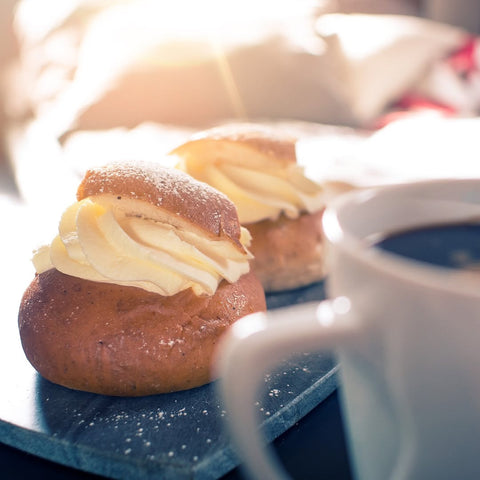
Fastelavnsboller: The Danish & Norwegian Answer to Semlor
Just as Swedes indulge in semlor, Danes and Norwegians celebrate Fastelavn by eating fastelavnsboller—delicious cream-filled pastries that vary in style depending on the bakery or family recipe. Some are made with fluffy yeast dough, while others use puff pastry. The fillings also differ, with variations including:
- Whipped cream and jam
- Vanilla custard
- Chocolate or marzipan filling
These pastries are often topped with a generous dusting of powdered sugar or a glossy layer of chocolate icing, making them an irresistible treat.
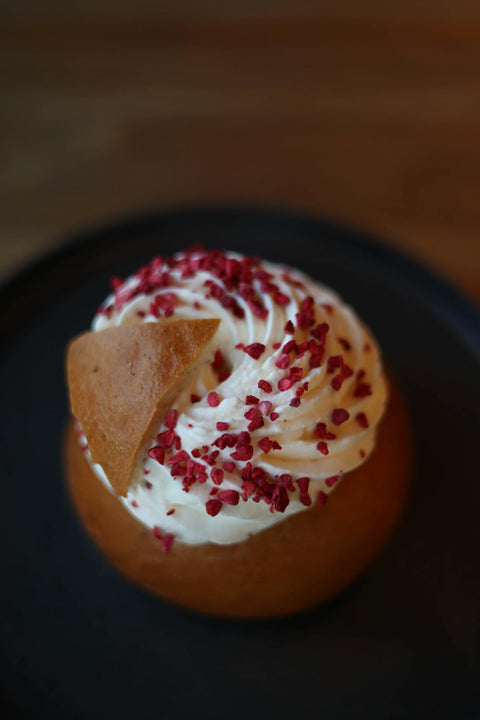
Which One Would You Choose?
While Sweden’s semla and Denmark/Norway’s fastelavnsboller share a common theme—sweet, indulgent, cream-filled pastries—their cultural traditions set them apart. In Sweden, Fettisdagen is all about savoring one perfect semla, while in Denmark and Norway, Fastelavn is a lively, playful celebration filled with costumes, games, and plenty of fastelavnsboller.
No matter which tradition you prefer, one thing is certain: March 5–6 is the perfect excuse to treat yourself to something delicious! So whether you're enjoying a semla with a cup of coffee or biting into a cream-filled fastelavnsbolle, embrace the Nordic tradition of indulgence before spring arrives.
A Modern Twist: Farm-to-Table & Foraged Flavors
Swedish cuisine has embraced the New Nordic movement, focusing on local, sustainable, and seasonal ingredients. Spring menus in Sweden’s top restaurants now showcase wild-foraged greens, locally caught fish, and quick-pickled primörer (early vegetables).
Foraging is experiencing a revival, with Swedes venturing into the forests in search of nettles, wild garlic, and even the first morel mushrooms of the season. The DIY spirit extends to home kitchens, where people are tapping birch trees for björksav (birch sap), making wild herb-infused syrups, and baking bread with dried nettle powder.
Even in urban areas, farmers’ markets overflow with spring’s best offerings, from greenhouse-grown cucumbers to the first Swedish strawberries ripening under protective covers.
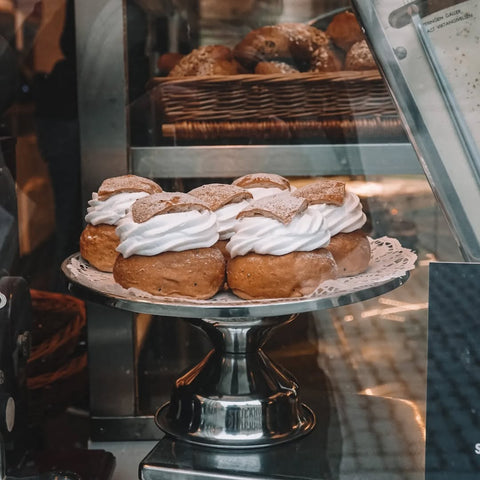
Welcome Spring, the Swedish Way
Spring in Sweden is a season of contrasts—where the last hearty meals of winter meet the fresh, delicate flavors of the new season. Whether it’s a bowl of nettle soup, a plate of pickled herring, or a simple grilled asparagus with Västerbotten cheese, Swedish spring cuisine is a celebration of nature’s renewal.
So why not welcome spring like a Swede? Gather with friends, fire up the grill, pour a glass of snaps, and savor the best of the season. 🌿🌸🥂

